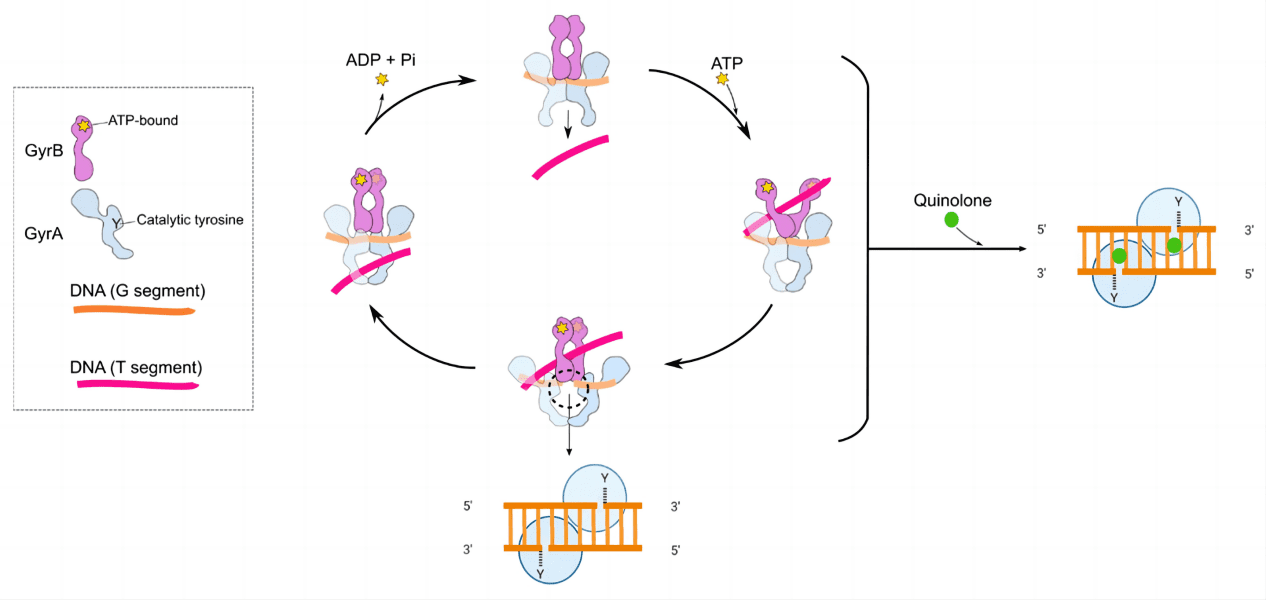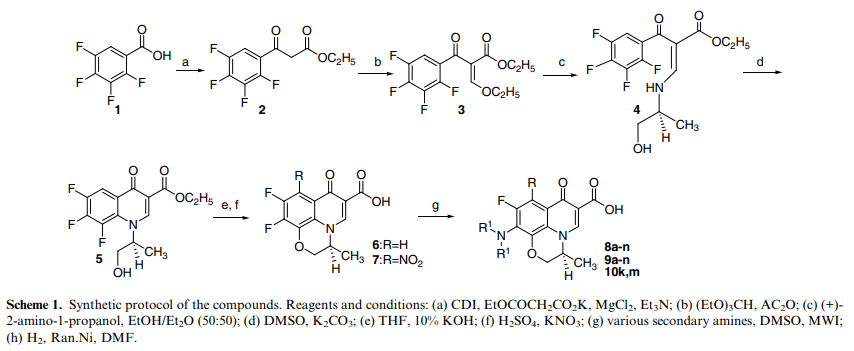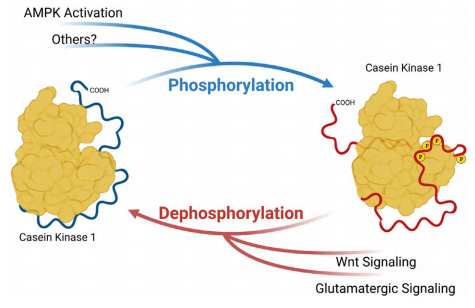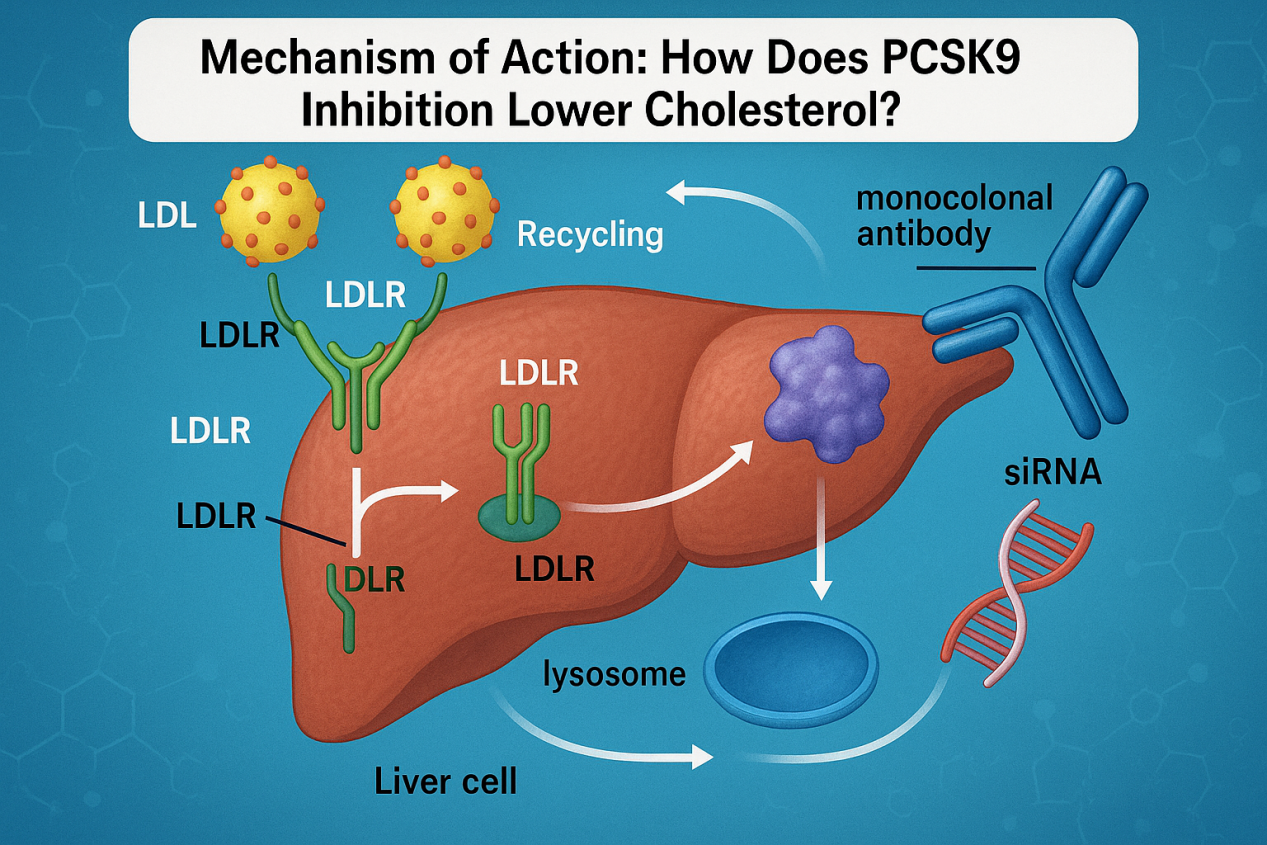Exploring Ofloxacin and Its Applications
Abstract
Discover the versatile applications of Ofloxacin, a powerful fluoroquinolone antibiotic used in clinical medicine and beyond. This blog post covers the mechanism of action of Ofloxacin, highlighting its effectiveness against a wide range of bacterial infections through the inhibition of DNA gyrase and topoisomerase IV enzymes. Learn about its medical uses in treating respiratory tract infections, urinary tract infections, skin infections, sexually transmitted diseases, and its role in surgical prophylaxis for immunocompromised patients. Beyond healthcare, Ofloxacin is integral in pharmaceutical manufacturing, impacting drug safety and efficacy, and facilitating advanced pharmacokinetic studies. Additionally, the post explores Ofloxacin’s role in organic synthesis, veterinary medicine, agriculture, and environmental research, showcasing its broad impact across multiple industries. With insights into these diverse uses, stakeholders can better leverage Ofloxacin’s potential to address global health challenges effectively.
Introduction to Ofloxacin
Ofloxacin belongs to the fluoroquinolone class of antibiotics, recognized for its broad-spectrum activity against both Gram-negative and Gram-positive bacteria. Its chemical structure features a bicyclic core with a fluorine atom at the 6-position, enhancing its antibacterial potency and spectrum. This compound exerts its bactericidal effect by inhibiting bacterial DNA gyrase and topoisomerase IV enzymes, essential for DNA replication, repair, and transcription processes in bacterial cells.
Ofloxacin is primarily used in clinical settings to treat various infections, including respiratory tract infections, urinary tract infections, skin infections, and sexually transmitted diseases. Its effectiveness against a wide range of pathogens, including those resistant to other antibiotics, has established it as a valuable therapeutic agent in modern medicine.
In addition to its antimicrobial properties, Ofloxacin is characterized by good tissue penetration and bioavailability, allowing for effective treatment through both oral and intravenous routes. It exhibits a favorable pharmacokinetic profile with a relatively long half-life, facilitating convenient dosing schedules for patients.
Despite its efficacy, Ofloxacin is not without limitations, including the potential for adverse effects such as gastrointestinal disturbances, central nervous system effects, and tendonitis or tendon rupture, particularly in elderly patients. Careful consideration of these factors is crucial in clinical practice to optimize its therapeutic benefits while minimizing risks.
In conclusion, Ofloxacin represents a significant advancement in antibiotic therapy, offering a potent solution against a wide array of bacterial infections. Its chemical structure, pharmacological properties, and clinical applications underscore its importance in the treatment armamentarium, contributing to improved patient outcomes globally.
Medical Applications of Ofloxacin
Ofloxacin is widely recognized for its efficacy as a broad-spectrum antibiotic, belonging to the fluoroquinolone class. It exerts its antimicrobial activity by inhibiting bacterial DNA gyrase and topoisomerase IV enzymes, crucial for DNA replication and transcription. This mechanism disrupts bacterial cell division and leads to bactericidal effects against a diverse range of pathogens, including both Gram-negative (e.g., Escherichia coli, Pseudomonas aeruginosa) and Gram-positive (e.g., Staphylococcus aureus, Streptococcus pneumoniae) bacteria.
Clinically, Ofloxacin is indicated for treating various infections, such as respiratory tract infections (e.g., community-acquired pneumonia, bronchitis), urinary tract infections (e.g., cystitis, pyelonephritis), skin and soft tissue infections, and sexually transmitted diseases (e.g., gonorrhea). Its ability to penetrate tissues effectively contributes to its therapeutic success in treating infections located in different body systems.X

Figure Cartoon showing the proposed mechanism of DNA supercoiling by DNA gyrase and how quinolones interfere with this mechanism by stabilising the cleavage complex.
In addition to its role in treating common infections, Ofloxacin is also utilized in specialized medical contexts, including prophylaxis during surgical procedures to prevent post-operative infections and in the management of infections in immunocompromised patients. The drug’s favorable pharmacokinetic profile allows for flexible dosing schedules, enhancing patient compliance and treatment outcomes.
While generally well-tolerated, Ofloxacin, like other fluoroquinolones, may pose risks of adverse effects such as gastrointestinal disturbances, central nervous system effects, and rare but serious tendon-related issues. Healthcare providers must consider these factors when prescribing Ofloxacin, ensuring appropriate use and monitoring to optimize patient safety and treatment efficacy.
Overall, Ofloxacin remains a cornerstone in antibiotic therapy due to its broad-spectrum activity, favorable pharmacological properties, and established clinical efficacy in treating a wide range of bacterial infections.
Chemical Variants and Uses of Ofloxacin
Ofloxacin, a fluoroquinolone antibiotic, not only serves as a therapeutic agent but also finds application in various chemical forms and contexts within pharmaceutical and research settings.
Impurities: In pharmaceutical manufacturing, impurities refer to unwanted substances that may inadvertently accompany the synthesis of Ofloxacin. These impurities can affect drug purity, efficacy, and safety. Stringent control of impurities is crucial to ensure that the final product meets regulatory standards and is safe for patient use.
Metabolites: Ofloxacin undergoes metabolism in the body, yielding metabolites that influence its pharmacokinetic properties. Understanding these metabolites is essential for dosing regimens and predicting drug interactions. Metabolite profiling contributes to optimizing Ofloxacin’s therapeutic efficacy and safety in clinical practice.
Isotope Labeled Compounds: Isotopically labeled Ofloxacin serves as a vital tool in pharmacological and biological research. By introducing stable isotopes into Ofloxacin molecules, researchers can track drug distribution, metabolism, and excretion in vivo. Isotope labeling enhances the precision of pharmacokinetic studies and facilitates the development of novel therapeutic approaches.
Building Blocks: Ofloxacin and its derivatives serve as foundational building blocks in organic synthesis. Chemists utilize these compounds to construct more complex molecules with specific biological activities or pharmacological properties. The versatility of Ofloxacin as a building block underscores its importance in drug discovery and development, enabling the creation of new antibiotics and other pharmaceutical agents.

Overall, Ofloxacin’s chemical variants and uses extend beyond its role as an antibiotic, encompassing critical aspects of pharmaceutical manufacturing, pharmacokinetics, research tools, and organic synthesis. These applications highlight the compound’s multifaceted contributions to modern medicine and chemical sciences.
Industrial and Research Applications of Ofloxacin
Beyond its established role in human medicine, Ofloxacin, a potent fluoroquinolone antibiotic, demonstrates versatility in various industrial and research domains.
Veterinary Medicine and Agriculture: Ofloxacin plays a crucial role in veterinary medicine for treating bacterial infections in animals, including companion animals and livestock. Its broad-spectrum activity against pathogens such as Escherichia coli and Salmonella spp. makes it valuable in controlling infectious diseases in agricultural settings. Proper use of Ofloxacin contributes to animal health and welfare, supporting sustainable livestock production practices.
Environmental and Water Treatment: In environmental applications, Ofloxacin’s presence and persistence in water systems have garnered attention. Studies investigate its fate in aquatic environments, assessing potential ecological impacts and developing strategies for water treatment and environmental remediation.
Research in Microbiology and Pharmacology: Ofloxacin serves as a cornerstone in microbiological and pharmacological research. Scientists utilize its broad antibacterial spectrum to study bacterial resistance mechanisms, pharmacokinetics, and drug interactions. Moreover, Ofloxacin’s role as a model fluoroquinolone facilitates the discovery and development of new antibiotics and antimicrobial agents.
Industrial Uses: Beyond healthcare, Ofloxacin’s chemical properties and synthesis pathways contribute to its utilization as a chemical intermediate and building block in industrial processes. Its structural features make it valuable in the synthesis of pharmaceuticals and specialty chemicals, supporting diverse industrial applications.
Overall, Ofloxacin’s applications extend beyond clinical medicine, encompassing veterinary health, agriculture, environmental studies, and fundamental research in microbiology and pharmacology. Its multifaceted contributions underscore its significance in advancing both human and animal health, environmental sustainability, and industrial innovation.
Conclusion: The Versatility and Importance of Ofloxacin
Throughout this blog post, we have explored the multifaceted applications of Ofloxacin, a potent fluoroquinolone antibiotic with broad-spectrum activity against various bacterial pathogens. In the introduction, we discussed Ofloxacin’s chemical structure—a fluoroquinolone core with a fluorine atom at the 6-position—that underpins its efficacy and pharmacological properties. This structural feature enables Ofloxacin to inhibit bacterial DNA gyrase and topoisomerase IV enzymes, mechanisms critical for bacterial DNA replication and transcription, thereby exerting potent bactericidal effects.
In the subsequent sections, we delved into Ofloxacin’s diverse medical applications, highlighting its role in treating respiratory tract infections, urinary tract infections, skin infections, and sexually transmitted diseases. Its efficacy extends to specialized uses in surgical prophylaxis and immunocompromised patients, underscored by its excellent tissue penetration and bioavailability.
Exploring Ofloxacin’s chemical variants and uses revealed its significance beyond clinical settings. Impurities and metabolites in pharmaceutical formulations impact drug safety and efficacy, while isotopically labeled compounds facilitate advanced pharmacokinetic studies. Ofloxacin’s role as a building block in organic synthesis supports the development of novel pharmaceuticals and specialty chemicals, contributing to industrial innovation.
Furthermore, Ofloxacin’s applications in veterinary medicine, agriculture, environmental studies, and fundamental research highlight its broader impact. In veterinary practice, it aids in combating infectious diseases in animals, promoting animal health and welfare. Environmental studies scrutinize its presence in water systems, addressing ecological implications and strategies for environmental remediation.
In conclusion, Ofloxacin stands as a cornerstone in antibiotic therapy and pharmaceutical chemistry, epitomizing versatility and efficacy across medical, industrial, and research landscapes. Its continuous relevance in combating bacterial infections, supporting sustainable agriculture, and advancing scientific inquiry underscores its pivotal role in modern healthcare and beyond.
By understanding Ofloxacin’s mechanisms, applications, and contributions, stakeholders in healthcare, pharmaceuticals, and scientific research can harness its full potential to address current and emerging challenges in global health and environmental stewardship.
Reference
- Redgrave, L. S., Sutton, S. B., Webber, M. A., & Piddock, L. J. (2014). Fluoroquinolone resistance: mechanisms, impact on bacteria, and role in evolutionary success. Trends in microbiology, 22(8), 438-445.
- Monk, J. P., & Campoli-Richards, D. M. (1987). Ofloxacin: a review of its antibacterial activity, pharmacokinetic properties and therapeutic use. Drugs, 33, 346-391.
- Ball, P., & Tillotson, G. (1995). Tolerability of fluoroquinolone antibiotics: past, present and future. Drug safety, 13(6), 343-358.
- Schellekens, R. C., Stellaard, F., Woerdenbag, H. J., Frijlink, H. W., & Kosterink, J. G. (2011). Applications of stable isotopes in clinical pharmacology. British journal of clinical pharmacology, 72(6), 879-897.
- Cheng, G., Hao, H., Xie, S., Wang, X., Dai, M., Huang, L., & Yuan, Z. (2014). Antibiotic alternatives: the substitution of antibiotics in animal husbandry?. Frontiers in microbiology, 5, 217.




